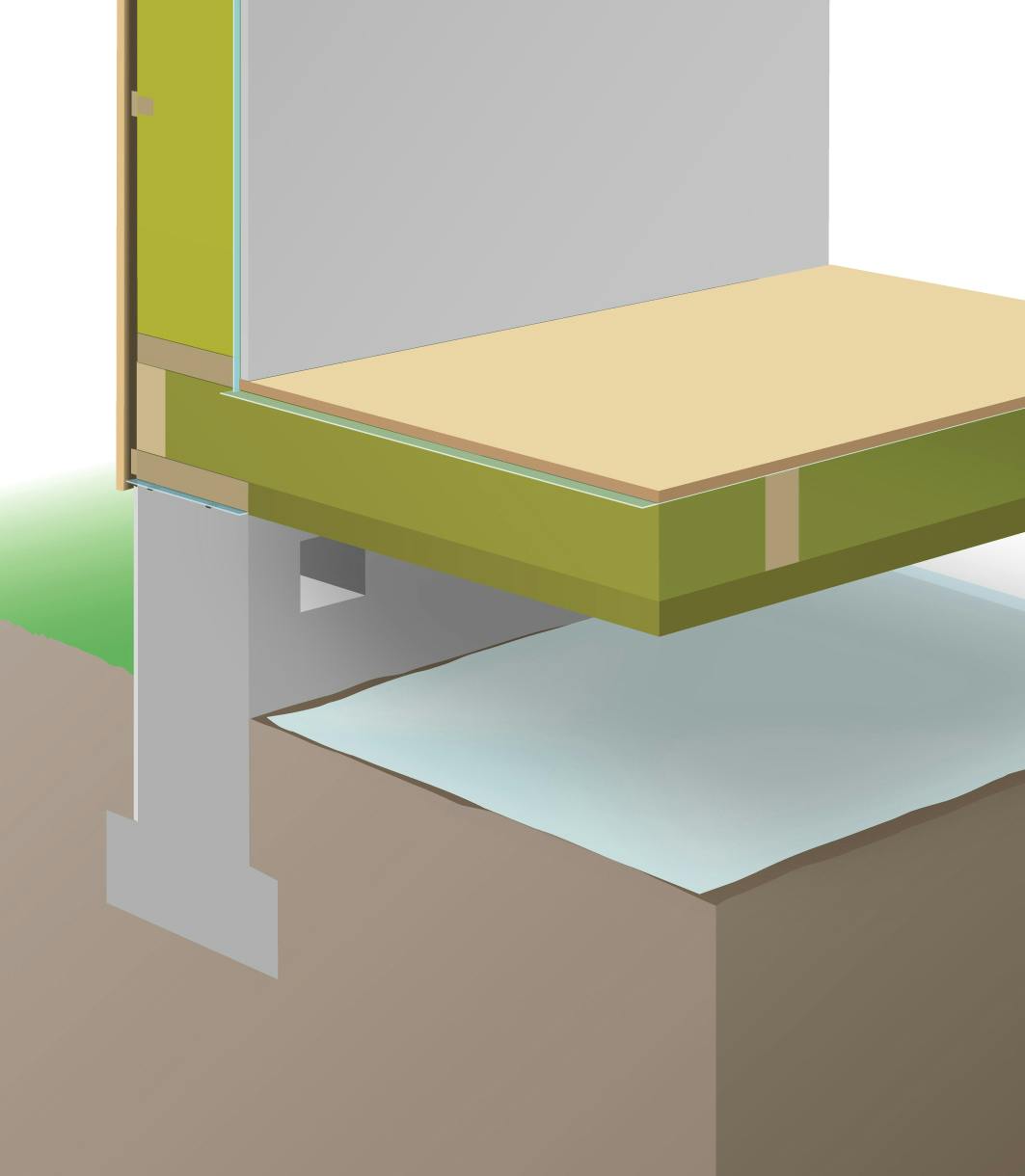High-rise developments often use floating floors to block unwanted noise from travelling through the floor and reaching occupants below.
Floating floor insulation boards disconnect the surface that is being walked on, from the load bearing floor. This helps to block excess sound travelling through and helps tenants enjoy better sleep, and improved quality of life – thanks to the reduced noise1.
Insulation boards can also be placed underneath ground floor spaces, helping to lessen draughts and block heat which may escape the property – reducing heat loss.
Premium floor insulation boards:
- Reduce noise between floors2
- Prevent excess energy consumption3
- Lower heat loss through floor spaces
ROCKWOOL stone wool won’t deteriorate over time. Maintaining its shape and performance throughout the lifespan of a building, it provides insulation for life4.



















